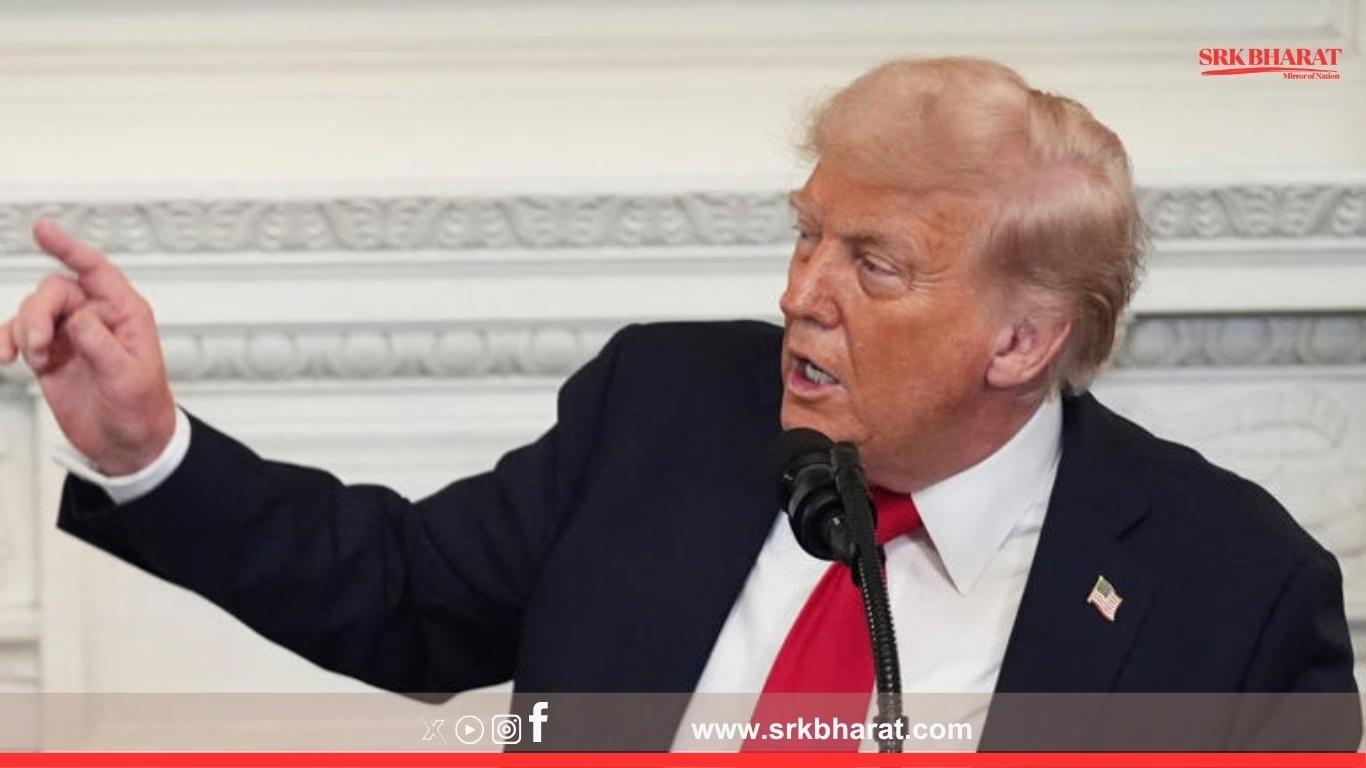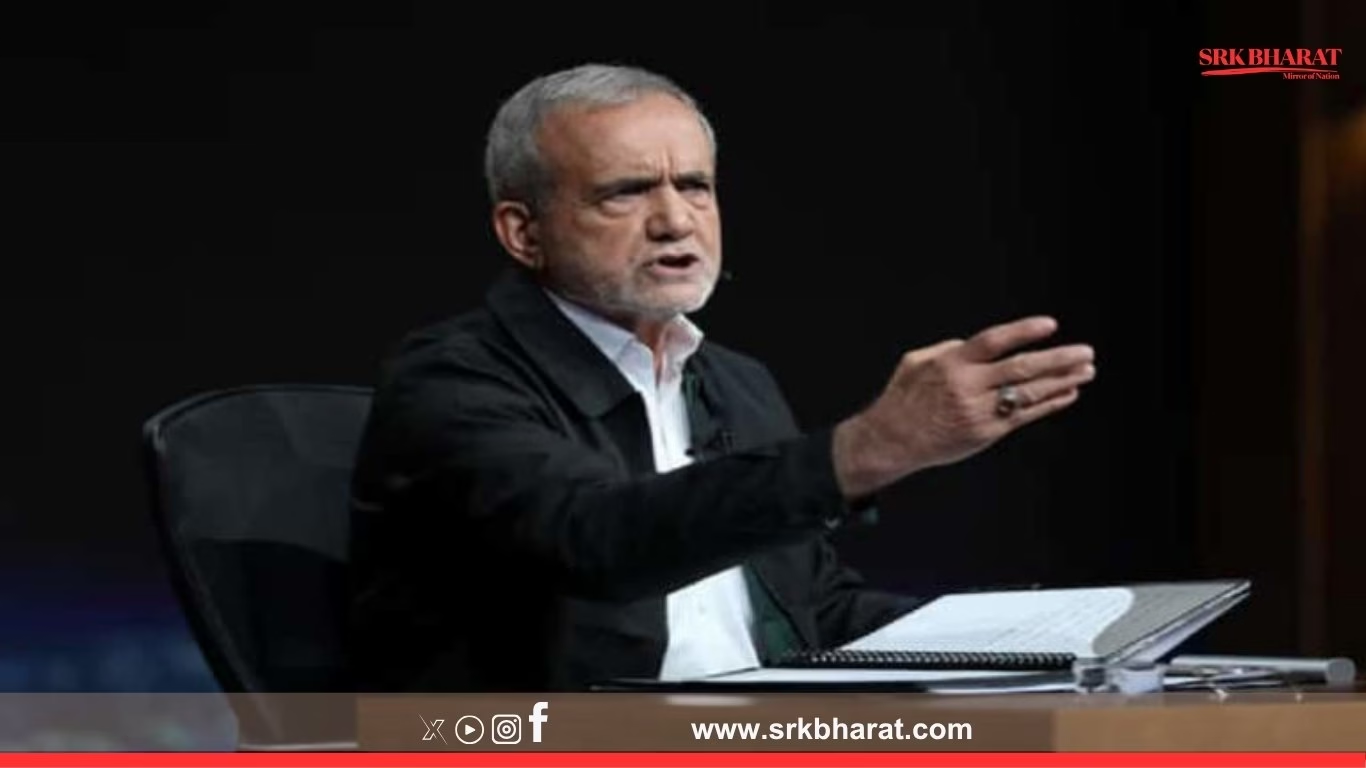In a major fiscal management update, the US Treasury Department has outlined plans to maintain a robust cash balance of $500 billion by the end of July 2025, while tariff collections for the current financial year are expected to surpass $100 billion, underscoring strong customs revenue amid geopolitical trade realignments.
Key Highlights
- Target cash balance: $500 billion by July-end 2025
- Tariff collections FY25 (projected): Approaching $100 billion
- Primary drivers: Trade tariffs on China, steel and aluminium duties, strategic cash management to meet government obligations
Why Is The Treasury Building A High Cash Cushion?
The Treasury’s decision to hold a higher-than-average cash balance is driven by:
- Debt Management Flexibility: Ensuring adequate liquidity to navigate market uncertainties and debt issuance schedules without risk of technical payment delays.
- Interest Rate Environment: The US Federal Reserve’s cautious stance on rate cuts requires proactive cash buffers to avoid borrowing cost spikes in short-term funding markets.
- Government Expenditure Stability: Upcoming disbursements for defence, Medicare, and federal payrolls necessitate a comfortable fiscal position.
Tariff Revenue Trends: 2020–2025
| Fiscal Year | Total Tariff Revenue ($ billion) | Key Contributors |
|---|---|---|
| 2020 | 78 | China tariffs, steel/aluminium duties |
| 2021 | 85 | Continuation of Section 301 tariffs |
| 2022 | 92 | Trade policy stabilisation post-pandemic |
| 2023 | 95 | Increased imports despite supply chain issues |
| 2024 | 98 | Tariffs on Chinese EVs, batteries, solar components |
| 2025 (projected) | 100+ | Higher import volumes + new strategic duties |
(Compiled from Treasury historical receipts and current policy announcements)
What’s Driving Tariff Growth In 2025?
The near-$100 billion tariff revenue is attributed to:
- Continuation of Trump-era Section 301 tariffs under President Biden, with revisions targeting Chinese tech and green energy imports.
- Newly announced tariffs on Chinese electric vehicles, batteries, and solar modules, with rates up to 100%, to protect US manufacturing under Inflation Reduction Act-linked industrial policy.
- Steel and aluminium duties maintained under Section 232, impacting multiple countries despite quota adjustments for allies.
Treasury Cash Balance Strategy
The Treasury General Account (TGA) serves as the government’s primary operating account at the Federal Reserve. Current cash balance targets are set significantly higher than pre-pandemic norms (~$300 billion) to maintain:
- Market Stability: Prevent liquidity crunches that could disrupt short-term Treasury bill markets.
- Debt Ceiling Volatility Management: Avoid near-term cash shortfalls in the event of Congressional gridlocks.
- Funding Flexibility: Ensure timely disbursement of welfare, defence, and infrastructure payments without emergency borrowing spikes.
Recent Treasury Statements
Treasury officials emphasised:
“Maintaining a strong cash balance is prudent fiscal management, ensuring smooth government operations and confidence in US debt markets.”
Janet Yellen, US Treasury Secretary, reiterated that tariff revenues continue to provide a stable non-tax inflow, supporting federal finances despite broader deficit concerns.
Deficit Context: Where Tariffs Fit In
| Component | FY25 Estimate ($ trillion) | Share of Federal Revenue |
|---|---|---|
| Income taxes | 2.3 | ~50% |
| Payroll taxes | 1.3 | ~28% |
| Corporate taxes | 0.5 | ~10% |
| Tariffs & customs duties | 0.1 | ~2% |
| Others | 0.4 | ~10% |
(Source: US Congressional Budget Office projections)
While tariffs are a small fraction of total federal revenue, they represent a key policy tool for trade leverage and targeted industrial support.
Economic And Trade Implications
| Impact | Details |
|---|---|
| Consumers | Higher costs on imported goods, particularly EVs, batteries, and solar modules. |
| Manufacturers | US firms gain temporary protection against cheaper Chinese imports but face input cost increases for intermediate goods. |
| Trade Partners | Tariffs remain a point of tension in US-China and trans-Pacific trade negotiations. |
| Inflation | Potential marginal upward pressure if import substitution is slow. |
Market Reaction
Bond markets showed muted reaction to the Treasury’s cash balance plan, viewing it as a continuation of prudent liquidity management. However, import-dependent sectors expressed concerns over the sustained tariff burden affecting competitiveness.
Expert Views
| Expert | Organisation | Comment |
|---|---|---|
| Megan Greene | Economist | “Maintaining a high cash balance shields Treasury from short-term volatility, especially as the Fed delays rate cuts.” |
| Gary Hufbauer | Peterson Institute | “Tariff collections near $100 billion show they remain an entrenched revenue tool and geopolitical lever.” |
| Paul Ashworth | Capital Economics | “The question is how long consumers tolerate higher prices before demand shifts.” |
Political Dimensions
The Biden administration has defended tariffs on national security and industrial policy grounds. However, critics argue:
- Tariffs function as a regressive tax on consumers.
- Supply chain diversification goals could be achieved via incentives rather than blanket duties.
- Persistent trade tensions with China risk retaliatory countermeasures affecting US agricultural and manufacturing exports.
Future Outlook
| Scenario | Probability | Implication |
|---|---|---|
| Tariffs maintained with minor adjustments | High | Stable revenue, continued import costs for consumers. |
| Partial rollback post-2026 elections | Medium | Possible relief for US importers, reduced revenue. |
| Expansion to other sectors (rare earths, semiconductors) | Low-medium | May trigger new trade conflicts and further revenue growth. |
Conclusion
The US Treasury’s strategy to maintain a $500 billion cash cushion by July-end alongside nearly $100 billion in tariff revenue underscores a deliberate approach to balance fiscal liquidity with geopolitical trade assertiveness. As tariff policies remain central to industrial competitiveness and diplomatic negotiations, their economic, political, and consumer impacts will continue to shape America’s fiscal and trade landscape through 2025 and beyond.
Disclaimer
This news article is prepared for general economic and trade news dissemination based on official US Treasury communications, Congressional Budget Office data, and independent economic analyses. Readers are advised to consult US government releases, certified financial experts, and international trade policy analysts before deriving conclusions or making fiscal, investment, or operational decisions based on cash management or tariff collection trends.











